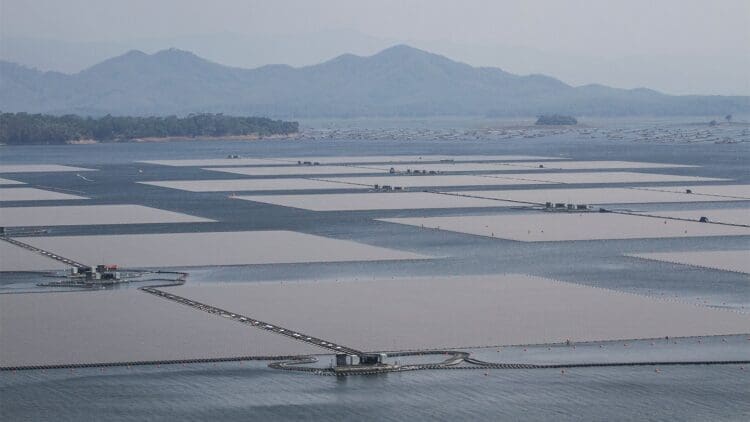Indonesia is the latest country to commit to the global trend of introducing vast renewable energy generation sites to the nation’s grid in an attempt to transition away from fossil fuels in favor of more environmentally friendly forms of energy production. The nations of the world are embroiled in a constant state of finding balance in the energy sector. Indonesia has taken a step towards reaching the lofty ambitions that the world has set for the energy sector. The floating solar plant in West Java could accelerate the transition to the renewable energy sector.
Indonesia’s state-owned electricity company, PLN, has reported that construction has begun
The nation’s state-owned electricity utility, Perusahaan Listrik Negara, has reported that it has initiated construction on a huge 92-megawatt-peak floating solar power facility at the Saguling reservoir in West Java.
The state-owned operator reports that the site is hoping to come online by November 2026. Indonesia has big plans for its energy sector. The nation has stated that by 2034, it plans to add 42.6 GW (GigaWatt) of renewables to its grid, with solar contributing 17.1 GW of new capacity.
Aligning with that goal of adding a significant amount of energy to the grid from solar power, the country’s leaders have reported that the plant at the Saguling reservoir in West Java is expected to generate more than 130 GWh (GigaWatt-hour) annually, which would help Indonesia avoid roughly 104,000 tons of CO₂ emissions each year.
Indonesia is working with several key stakeholders to foster change in the energy sector
For any nation that aims to transition away from conventional energy generation processes in favor of the renewable energy sector, cooperation with relevant stakeholders who can accelerate the transition is vital to ensuring a smooth and uninterrupted transition.
While the exact cost of the massive 92 MW floating solar plant in West Java has not been revealed by Indonesia, the project can take solace in the fact that the nation’s state-owned energy utility is fostering cooperative relationships with relevant stakeholders in the energy sector.
The Saguling project, located roughly 111 miles away from the nation’s capital, Jakarta, has huge potential to fast-track the nation’s attempt to integrate large-scale solar projects into the grid. The project comes off the back of a cooperative project that was developed by PLN Nusantara, a division of Mubadala Investment Company, and the United Arab Emirates renewables energy company Masdar.
Solar power remains an untapped energy resource that the world has yet to fully explore, and several Asian nations have added new solar projects to the grid in recent years. Even the richest man in the world, Elon Musk, sees the untapped potential that solar power presents to the world.
“A utility can handle up to 20 per cent of production from solar and that helps the grid because it produces electricity when needed. Solar power peaks in the middle of the day and that’s also when air conditioning is running and businesses are operating, so power production matches usage.” – Elon Musk
Solar power capacity will become the most dominant energy generation process if the current trend continues
While the progress in the hydrogen and wind sectors has presented the world with alternative energy generation solutions, solar power remains the cornerstone of the renewable energy sector and will continue to dominate the sector if the current trend continues. The trend crosses the seas of the world as well. Europe has seen several nations investing in the potential that solar power presents, especially when the components are built locally instead of being imported. As the nations of the world aim to end the global reliance on the oil and gas sectors, solar power will become the dominant force in the renewable energy sector.





